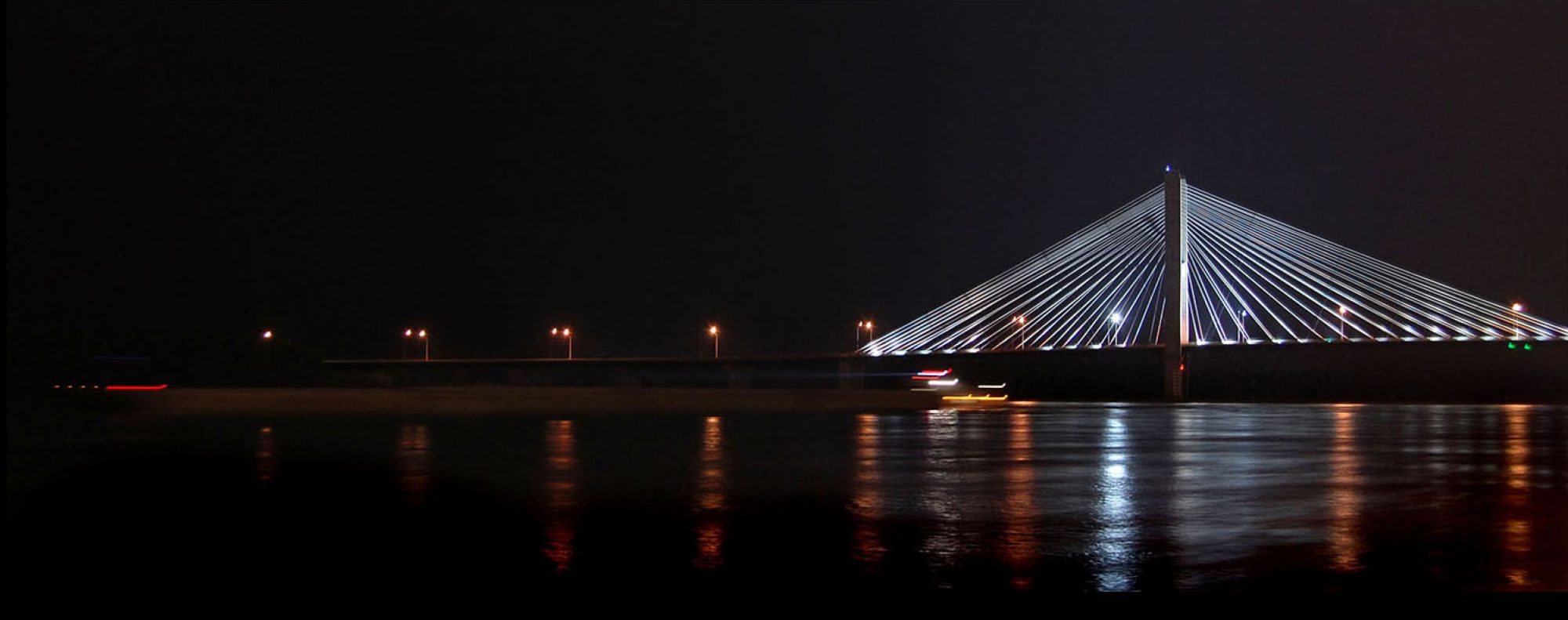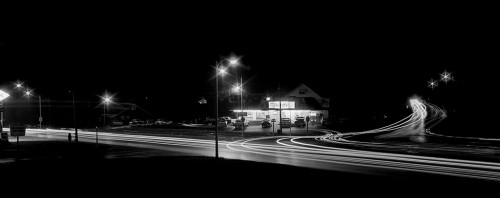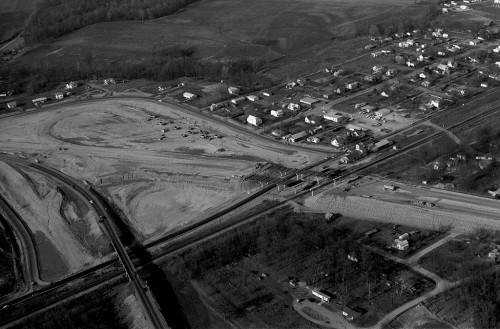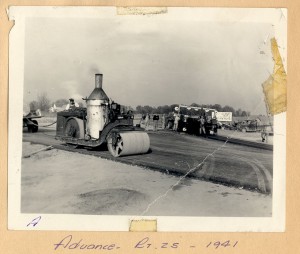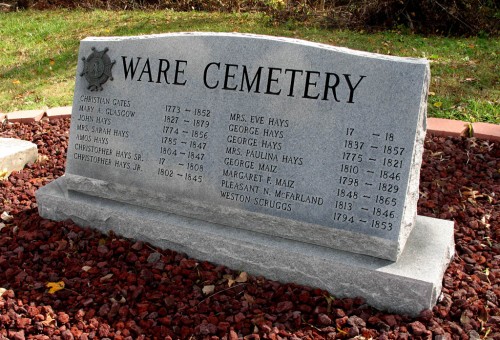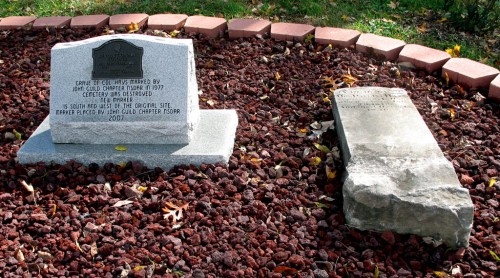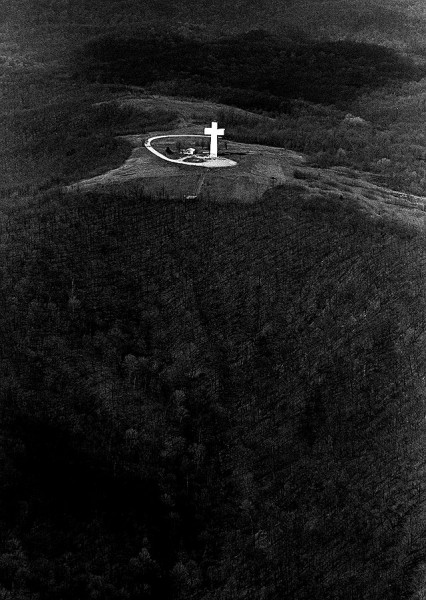
There was a story in The Southeast Missourian that plans are in place to finish restoration of the Bald Knob Cross. I’d be more excited if I hadn’t heard that for years.
Still, the story jogged my memory that I had shot some aerials and ground shots of the Cross in the late 60s. I was pleased to see that the shot from the air was better than I had remembered. Parts of the film had deteriorated over the years, so my selection of pictures was limited.
Cross stands 111 feet tall, 1,000 feet above sea level

Cross project conceived in 1937
The project was spearheaded by Wayman Presley, who found 116 individuals who raised enough money between 1948 to 1951 to buy the land atop Bald Knob Hill. The foundation was poured in 1953. You can read more at the Bald Knob Cross web site.
Selling pigs raised $30,000
Financial shortfalls have been the one constant throughout the history of the Cross. The Bald Knob web site says that Presley quit his job with the Post Office to throw himself into fund raising. An appearance on This Is Your Life helped, but money was still tight.
A challenge to supporters to raise pigs, sell them and turn the profits over to the cross raised $30,000.
The Cross was completed in 1963
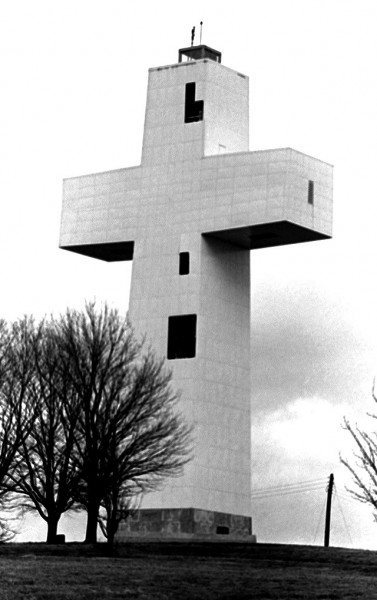
The formal groundbreaking ceremony was held in 1953. The bare metal framework of the Cross stood for several years until there was enough money to cover the superstructure with 900 heavy steel panels with a bright white veneer.
The Cross web site said that 40,000 watts of lighting made the structure visible for 7,500 square miles.
The symbol of peace became a source of conflict
The Cross was supposed to be an interdenominational symbol of peace, but internal conflicts were growing at the same time as the structure was deteriorating. The disputes became so serious by 2006 the courts stepped in and locked down the properties until everything could be sorted out.
Agreement was reached in 2008
From the web site:
In the summer of 2008 a settlement that was supported by both sides of the conflict began taking shape. In the agreement, all current board members would step down and the court would appoint a temporary transitional board comprised of mostly religious leaders in Southern Illinois. The final legal settlement became official on Christmas Eve 2008. The seven member transitional board met in the middle of January 2009 for the first time. Since that time, the board has been extremely busy. In addition to the obvious challenge of the physical restoration of the Cross, the organizational structure, fiscal policies and procedures, and program development aspects of Bald Knob have been addressed. Physical restoration of the Cross has already begun.
Location of Bald Knob Cross near Alto Pass, IL
View Bald Knob Cross of Peace in a larger map
Here’s another “cross” picture
Wife Lila, who was looking over the page before I published it, remarked that the Bald Knob Cross reminded her of a photo I had taken of an abandoned strip mine in Southeastern Ohio in 1969. A power pole caught the late afternoon light just right to look like a cross. The picture ran almost full page in The Athens Messenger on the first Earth Day. It’s always been one of my favorite pictures.
Here’s the background story.
She was right. (Of course, that’s always the case. It goes without saying, but she like to hear me say it anyway.) I’ll let you decide.
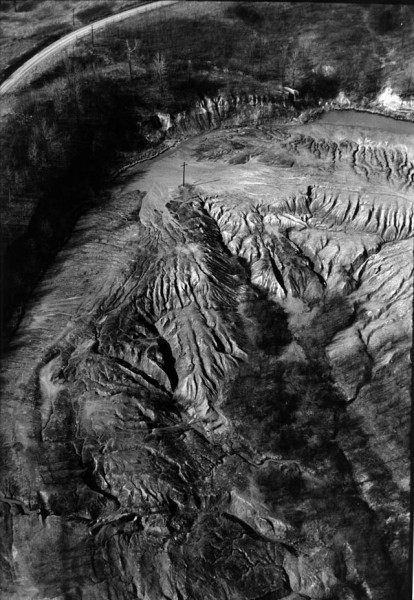
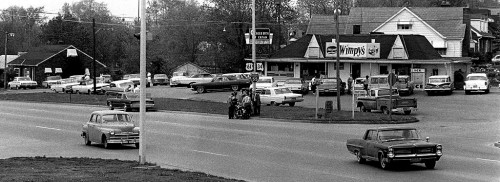 I have pictures where Wimpy’s was the backdrop for one of the many crashes that occurred at the busy intersection before traffic signals were installed. My Dad’s construction company had the project to widen that section of Kingshighway. The state created room for the turn lanes by turning the shoulder into travel lanes, something he thought was a mistake. He thought they should have widened the road, but you build to the specs, not to what you think is right.
I have pictures where Wimpy’s was the backdrop for one of the many crashes that occurred at the busy intersection before traffic signals were installed. My Dad’s construction company had the project to widen that section of Kingshighway. The state created room for the turn lanes by turning the shoulder into travel lanes, something he thought was a mistake. He thought they should have widened the road, but you build to the specs, not to what you think is right.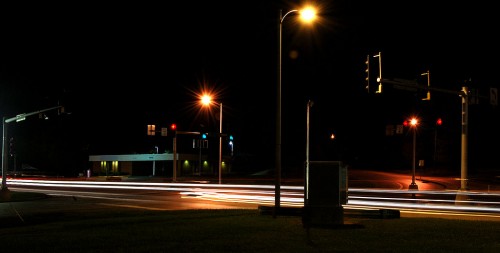 I took this time exposure Oct. 13, 2009. Wimpy’s has been replaced by a bank, which is closed and for sale. Traffic lights make the intersection safer, but there are a lot fewer cars to control at night after the demise of Wimpy’s.
I took this time exposure Oct. 13, 2009. Wimpy’s has been replaced by a bank, which is closed and for sale. Traffic lights make the intersection safer, but there are a lot fewer cars to control at night after the demise of Wimpy’s.